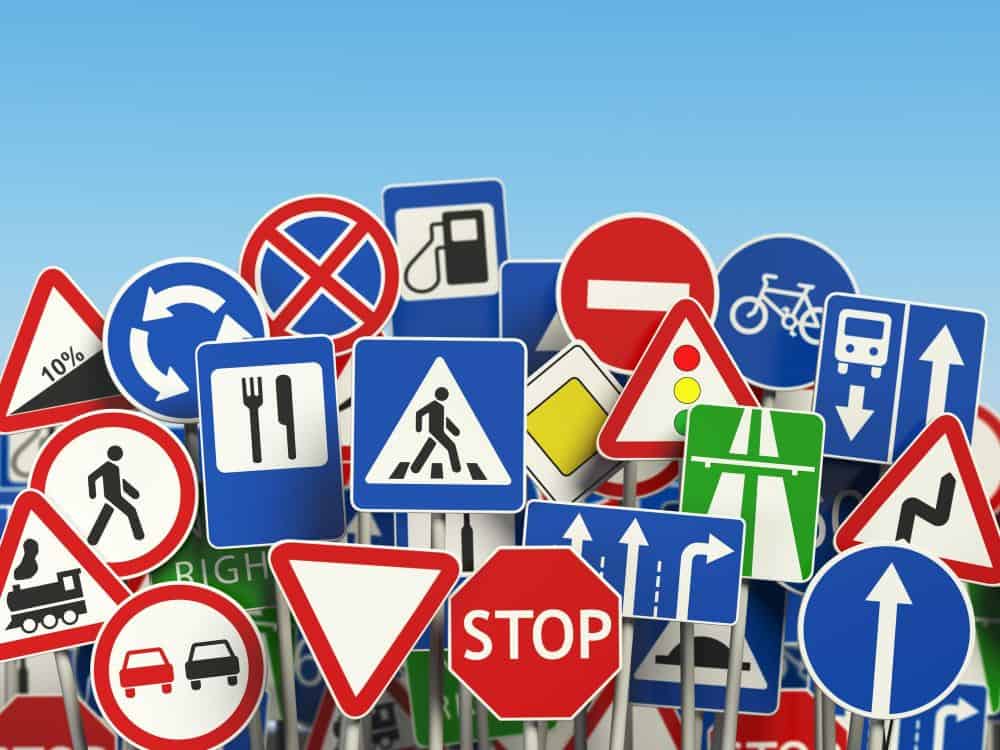In the world of transportation, traffic signs serve as silent yet indispensable guides, ensuring safety and order on our roads. Beyond their visual appeal, these signs play a pivotal role in maintaining traffic flow, averting accidents, and directing drivers effectively. Let’s delve into the multifaceted importance of traffic signs and how they contribute to a safer and more organized commuting experience.
Fundamentals of Traffic Signs
Traffic signs are more than symbols on metal or boards; they communicate crucial information. Active voice in descriptions like “guide traffic flow,” “communicate vital messages,” or “direct road users” emphasizes their purpose. These signs convey regulations, warnings, guidance, and information to drivers and pedestrians, helping them navigate roads with clarity and confidence.
Types of Traffic Signs
Transitioning into the realm of sign classification, delineating between regulatory, warning, and informational signs showcases their diversity. Active phrasing like “categorize traffic signs,” “classify by function,” or “distinguish their purposes” elucidates the types. Regulatory signs establish rules (e.g., speed limits), warning signs caution about potential hazards (e.g., sharp curves), and informational signs provide guidance (e.g., directions to a gas station), collectively ensuring comprehensive guidance on the road.
Role in Road Safety
Emphasizing the active role of traffic signs in ensuring safety amplifies their significance. Phrases like “ensuring safe passage,” “preventing accidents,” or “safeguarding road users” underscore their importance. Clear and visible signs warn drivers of dangers ahead, regulate traffic speed, indicate pedestrian crossings, and alert about road conditions, thereby reducing the risk of accidents and fostering safer journeys.
Enhancing Traffic Flow
Transitioning smoothly to the efficiency aspect, traffic signs play a vital role in managing traffic flow. Active language like “streamlining traffic movement,” “optimizing road usage,” or “minimizing congestion” highlights their contribution. Signs indicating lane merges, intersection directions, or speed advisories help maintain a smooth and orderly flow of vehicles, preventing bottlenecks and reducing commute times.
Adapting to Diverse Environments
Highlighting the adaptability of traffic signs across varied environments is essential. Active phrases like “tailoring signs to environments,” “adapting to diverse terrains,” or “customizing for different locales” demonstrate versatility. Signs are designed to suit different weather conditions, landscapes, and cultural contexts, ensuring visibility and comprehension regardless of the surroundings.
Evolution and Technological Advancements
Acknowledging the evolution of traffic signs and their integration with technology is pivotal. Active language like “embracing digital advancements,” “leveraging smart signage,” or “evolving with innovation” illustrates progress. Modern traffic signs incorporate LED technology, solar power, and smart features for enhanced visibility, energy efficiency, and real-time information dissemination.
Education and Awareness Initiatives
Emphasizing educational campaigns and initiatives regarding traffic signs instills their importance. Active phrases like “raising awareness,” “educating road users,” or “promoting sign literacy” underscore their significance. Educating drivers and pedestrians about the meanings and importance of different signs fosters responsible road behavior, contributing to overall road safety.
Collaboration with Urban Planning
Highlighting the symbiotic relationship between traffic signs and urban planning emphasizes their cohesive function. Active language like “harmonizing with city planning,” “integrating with infrastructure,” or “aligning with urban development” showcases collaboration. Incorporating traffic signs into city planning ensures their strategic placement, contributing to efficient traffic management and safe commuting experiences.
Constant Maintenance and Upkeep
Stressing the necessity of regular maintenance ensures sustained functionality. Active phrases like “prioritizing upkeep,” “ensuring visibility longevity,” or “sustaining sign efficacy” underscore the need. Regular inspections, cleaning, and repairs of signs guarantee their visibility and legibility, maintaining their effectiveness in guiding road users.
In conclusion, traffic signs stand as indispensable components of our road infrastructure, providing guidance, enhancing safety, and ensuring efficient traffic management. Their diverse functionalities and adaptability underscore their pivotal role in creating a harmonious and safe commuting environment for all road users




0 Comments